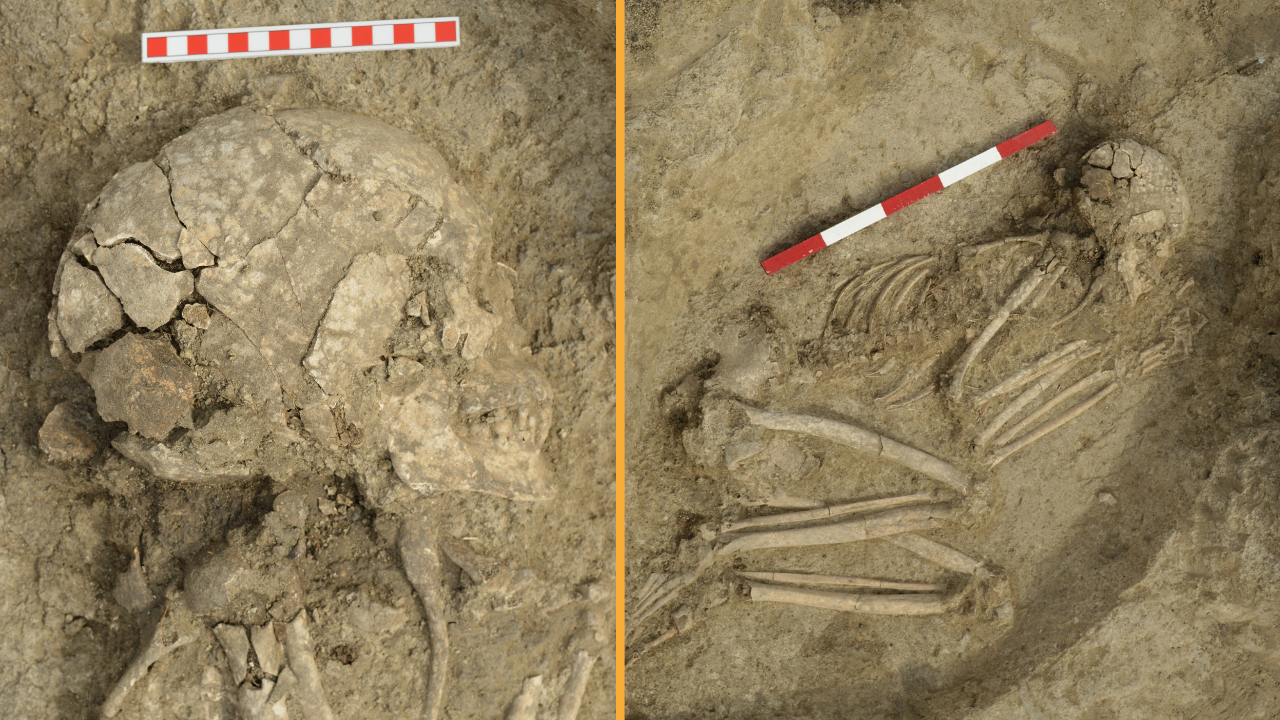
Our cyborg future may not be far off.
An ultra-stretchy battery could one day be used to power bionic eyeballs, brain-wave monitoring devices and robotic skins, new research suggests.
The new device, which embeds tiny lithium-based batteries in a silicone sheet, can stretch up to three times its initial length and could be recharged wirelessly, Yonggang Huang, study co-author and a mechanical engineer at Northwestern University, wrote to LiveScience in an email.
The new battery is described today (Feb. 26) in the journal Nature Communications.
Powering devices
For decades, science-fiction writers have envisioned dystopian worlds in which humans and machines are seamlessly integrated with bionic implants. But powering the cyborg future requires a way to conform power sources to these futuristic devices. [9 Cyborg Enhancements Available Right Now]
Other researchers have developed stretchy and paper-thin batteries before, but most didn't deform much or have the ability to recharge wirelessly, Huang wrote.
Get the world’s most fascinating discoveries delivered straight to your inbox.
Toward that end, Huang and his colleagues embedded tiny lithium-ion batteries in a framework of conducting wires arranged in a repeating S-shaped pattern that, like a fractal, looks similar at several scales. The whole arrangement is printed onto a stretchable silicone sheet. The wires themselves are brittle, but uncoil like a spring, allowing the whole device to be flexible without forcing the delicate lithium-ion batteries to break.
To demonstrate that the concept actually worked, the team powered a red light-emitting diode (LED) while stretching and twisting the battery.
The researchers envision the battery being used for wearable gadgets, implantable brain-wave monitors, or other bionic devices.
While the new design is incredibly innovative, it wouldn't produce enough power to keep a laptop, or even a large light bulb, running, said Gao Liu, a chemist at Lawrence Berkeley National Laboratory who is developing stretchable batteries for transportation systems, but who was not involved in the study. That means it mainly would be useful for a few narrow applications, such as biological implants that don't require very much power, Liu said.
"It's for a niche market," Liu told LiveScience. "You really need to find a market where you don't really need much energy, but you need to deliver the energy on the spot, where you couldn't use a wire."
Follow LiveScience on Twitter @livescience. We're also on Facebook & Google+.

Tia is the editor-in-chief (premium) and was formerly managing editor and senior writer for Live Science. Her work has appeared in Scientific American, Wired.com, Science News and other outlets. She holds a master's degree in bioengineering from the University of Washington, a graduate certificate in science writing from UC Santa Cruz and a bachelor's degree in mechanical engineering from the University of Texas at Austin. Tia was part of a team at the Milwaukee Journal Sentinel that published the Empty Cradles series on preterm births, which won multiple awards, including the 2012 Casey Medal for Meritorious Journalism.


